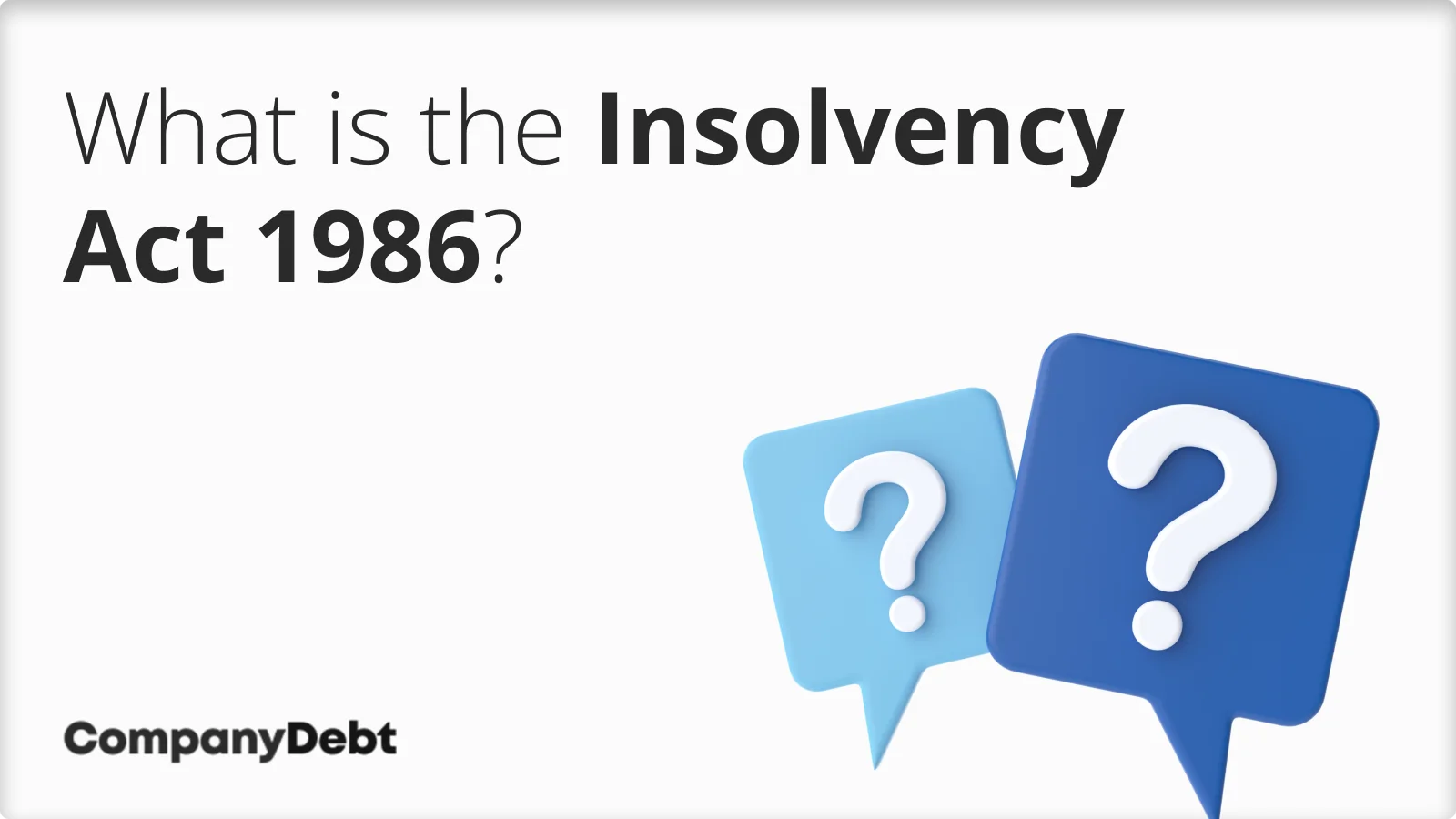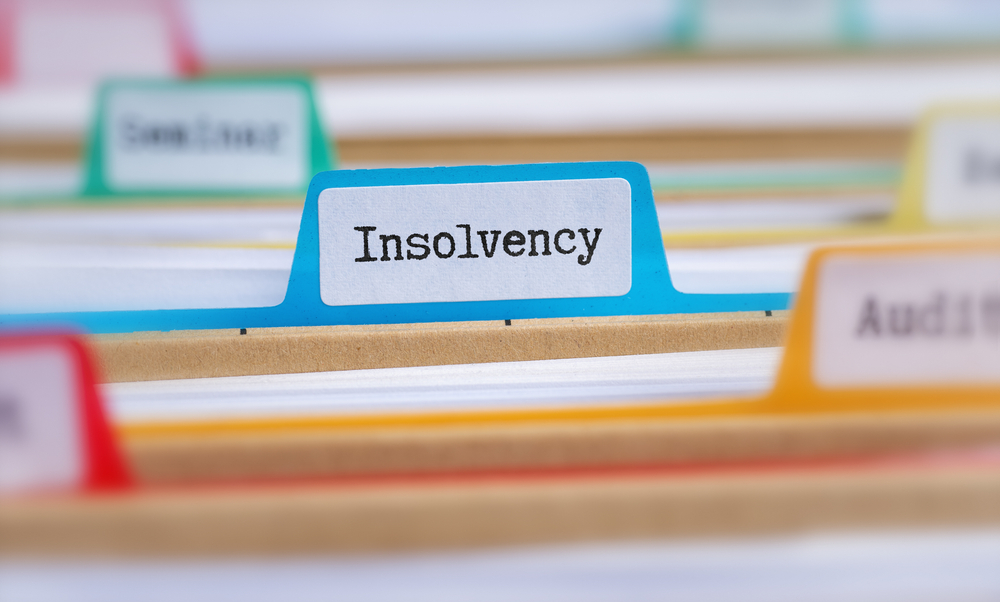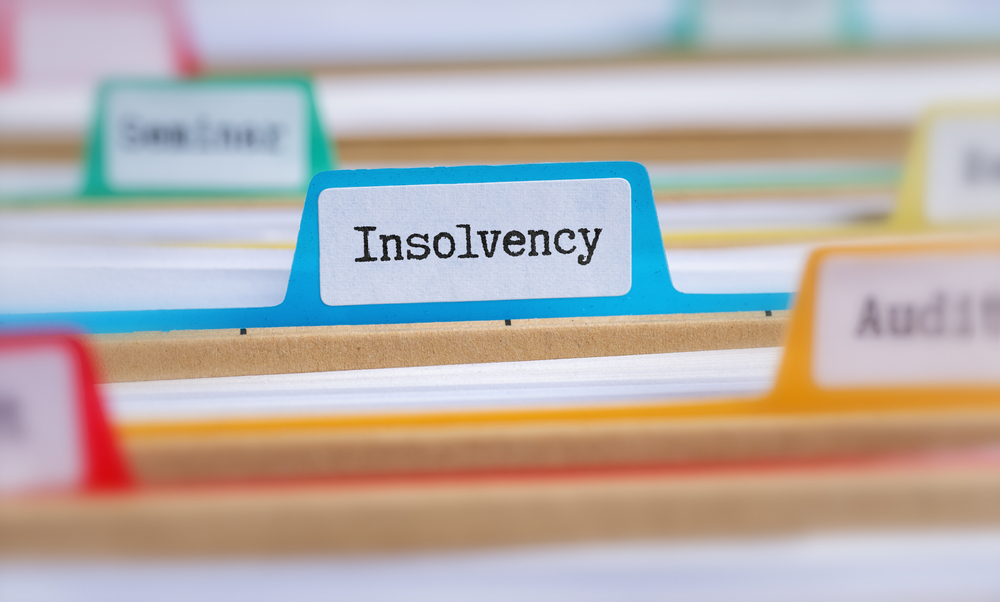
What is the Insolvency Act 1986?
The Insolvency Act 1986 was a landmark piece of legislation that transformed British insolvency law. By establishing a comprehensive framework balancing the rights of creditors with the challenges faced by debtors, the Act provided a crucial foundation for financial recovery.
It comprehensively outlined the rights and responsibilities of all parties involved in insolvency proceedings, including debtors, creditors, and insolvency practitioners.
The Act ensured a fair and orderly process for managing the complexities of financial distress by introducing innovative mechanisms like company voluntary arrangements (CVAs) and administrations and regulating individual bankruptcy.

If you need information or advice about how the Insolvency Act applies to your situation, or you need general insolvency advice or a Liquidator, please do get in contact. We are Licensed Insolvency Practitioners and experienced business advisors.
Understanding the Key Sections in the Insolvency Act 1986
The Insolvency Act 1986 introduced a suite of tools designed to manage financial distress, including the following[1]Trusted Source – Legislation.gov.uk – Insolvency Act 1986:
| Element | Description |
|---|---|
| Company Voluntary Arrangements (CVA) | A procedure allowing companies to propose an agreement with creditors to repay debts over a set period, helping to avoid liquidation. |
| Individual Voluntary Arrangements (IVA) | A similar procedure to CVAs but for individuals, allowing for a formal arrangement to repay debts. |
| Administration Orders | A mechanism enabling companies to be reorganised or sold to preserve the business or its assets, often used to avoid liquidation. |
| Receivership | The appointment of a receiver to manage the affairs of a company in financial distress, primarily to protect the interests of secured creditors. |
| Winding Up Procedures | Various processes for dissolving companies, including voluntary and compulsory winding up, to settle outstanding debts and distribute assets. |
| Bankruptcy Procedures | Procedures governing the insolvency of individuals, including the administration of their estate and the discharge of debts. |
| Preferential Debts | Provisions establishing the priority of certain debts, such as employee wages and pensions, over other unsecured creditors in insolvency proceedings. |
| Insolvency Practitioners | Requirements and qualifications for individuals responsible for managing insolvency proceedings, ensuring they are conducted professionally and ethically. |
| Public Administration | Regulations for the public administration of insolvency, including oversight of insolvency practitioners and the handling of complaints. |
| Debt Avoidance Provisions | Measures to prevent individuals and companies from avoiding their debts, including provisions against fraudulent transactions and the transfer of assets at undervalue. |
Company Administration
Company administration is a cornerstone of the Insolvency Act 1986, which pivoted the approach to corporate insolvency in the UK. Its introduction marked a significant shift towards business rescue rather than immediate liquidation[2]Trusted Source – Legislation.gov.uk – Insolvency Act 1986, Part II, Section 8.
The process provides struggling companies with a crucial breathing space, free from creditor pressure, to assess viability and explore rescue options. This ‘moratorium’ period can be vital for preserving businesses and jobs.
Further changes, as provided by the Enterprise Act 2002, allowed a less bureaucratic procedure that was quicker and cheaper to operate. The process is overseen by an administrator, a qualified individual who oversees the company’s affairs and property.
Company Voluntary Arrangements (CVAs)
CVAs, introduced in Part I of the Insolvency Act 1986, allow struggling companies to propose a debt repayment plan to creditors[3]Trusted Source – Legislation.gov.uk – Insolvency Act 1986, Part I.
If 75% of creditors (by debt value) approve, the company can continue trading while making agreed payments. This mechanism offers a flexible alternative to liquidation, potentially preserving the business and offering better returns for creditors.
Receivership
The Act also introduced the legal process of receivership, in which a receiver is appointed by a floating charge holder, typically a bank or other lender. The receiver liquidates assets so that the creditor can be repaid.
Insolvency process
The Act outlines the various types of liquidation, voluntary or compulsory.
For a compulsory liquidation, a winding up petition is presented to the court by a creditor such as HMRC. If a winding up petition is served against a business, it needs to seek expert advice urgently to see if mitigating action can be taken.
Once the petition is advertised in The Gazette, other creditors may become aware of it and join the action. Once the petition is ‘heard’ in court, the business may be placed into compulsory liquidation. Once this happens, directors cease running the business and employees are made redundant.
Fraudulent and Wrongful Trading
Fraudulent trading had already existed under Company Law, but the Insolvency Act 1986 introduced the concept of wrongful trading.
The concept of wrongful trading helped establish clear differences between acting ‘fraudulently’, where there is an intention to defraud creditors and ‘wrongfully’, where directors have continued to run a business that they should have realised was insolvent.
As such, the Act created a distinction between the two offences, with fraudulent trading being more serious.
Breaches of the Insolvency Act can result in prosecution and include disqualification of directors (under the Company Directors Disqualification Act of 1986).
For the first time, the Insolvency Act 1986 criminalised the conduct of any individual who is knowingly party to the carrying on of business with the intent to defraud a creditor.
Creditors Paid in Priority
The Act and the Insolvency Rules 2016 also provide a statutory scheme for how the Insolvency Practitioner should deal with creditor claims.
Creditors are assigned a strict priority, with those at the top paid first. Proceeds are then distributed to those lower down, subject to their ranking.
Impact and Innovations of the Insolvency Act 1986
- Modernisation of insolvency law: The Act consolidated and updated various existing insolvency laws, creating a more coherent and accessible legal framework.
- International influence: The Act’s comprehensive approach has influenced insolvency legislation in other jurisdictions, particularly in Commonwealth countries.
- Promotion of corporate rescue culture: By introducing mechanisms like administration, the Act shifted focus from immediate liquidation to potential business recovery, influencing corporate attitudes and practices.
- Enhanced creditor participation: The Act introduced creditors’ committees, allowing for greater creditor involvement in the insolvency process.
- Improved cross-border insolvency handling: The Act laid the groundwork for dealing with international insolvencies, which were later expanded by the Cross-Border Insolvency Regulations 2006.
- The basis for ongoing reform: The Act’s framework has provided a foundation for subsequent reforms, allowing for adaptations to changing economic conditions and business practices.
The primary sources for this article are listed below, including the relevant laws and Acts which provide their legal basis.
You can learn more about our standards for producing accurate, unbiased content in our editorial policy here.
- Trusted Source – Legislation.gov.uk – Insolvency Act 1986
- Trusted Source – Legislation.gov.uk – Insolvency Act 1986, Part II, Section 8
- Trusted Source – Legislation.gov.uk – Insolvency Act 1986, Part I








